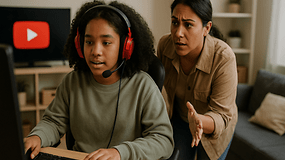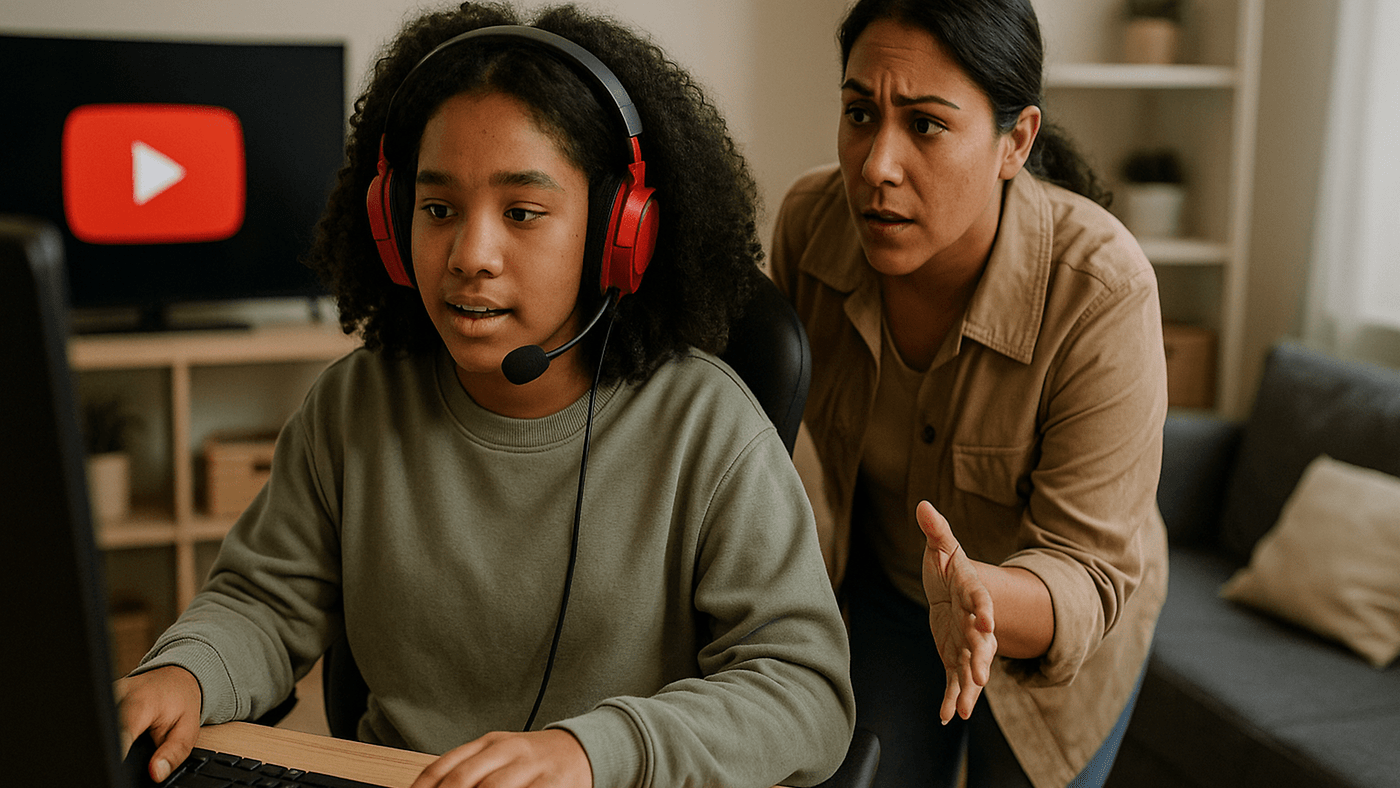This Ban Will Shock Young Creators

YouTube just announced a shocking measure for its young users. From July 22, 2025, those who are under the age of 16 will no longer be allowed to live stream on their own. YouTube has made provision for some very strict exceptions, but the streaming giant seems determined to tighten its policy towards young people to avoid the possibility of a teenager entering into a downward spiral due to less-than-helpful comments from a live audience.
“Starting July 22, 2025, you must be at least sixteen years old to broadcast live on YouTube,” the official Google blog post announced the new rule. This provision is applicable worldwide without any exceptions. Previously, you only needed to be 13 to own a YouTube channel and launch a live stream.
YouTube established a progressive scale of penalties for non-compliance. First, live chat can be deactivated. In the event of a repeat offence, access to the live chat function may be suspended temporarily. If infringements were to continue, the live chats may be deleted, and in the event of circumvention via another account, permanent closure of the channel may be applied.
This does not mean that any teenager under the age of sixteen no longer has the right to appear in a live stream on YouTube. Google has established a precise framework that requires the intervention and presence of an adult.
An adult who is on screen and in control
Having an adult on screen isn’t enough to get around YouTube’s ban. No, YouTube specified that if you are under sixteen and wish to participate in a live broadcast from an account belonging to an adult, the latter must be visibly present in the live broadcast.
And if you’re under sixteen and an adult is willing to take part in a live broadcast with you, you can give them access to your channel as an editor, manager, or owner. This allows the adult to begin the live broadcast using their account while still allowing them to reach their audience via their channel.
Basically, the live broadcast must be launched on a channel owned or managed by an adult, and the adult must be present and visible throughout the live broadcast. This rule is superimposed on existing provisions in certain countries like France. For instance, a law passed on July 7, 2023, also established the principle of digital majority, requiring parental consent to create an account on social networks before the age of 15.
Live content on YouTube can be dangerous for the very young
Content for or by children on YouTube has always been problematic. In 2019, YouTube decided to disable comments for videos depicting children. This decision came as a response to a phenomenon where pedophile networks and other sex offenders were flocking to innocent videos depicting children at the pool or performing gymnastics, just to hijack them for unhealthy and criminal use.
Live streaming introduces an additional layer of danger by directly exposing the live person to his or her audience. The number of young people driven to suicide during a live stream on social networks by sadistic viewers is sadly high. In March 2025, in the UK, the authorities uncovered a cybercriminal network of sadistic and deranged Internet users whose aim is to harass vulnerable young people and drive them to mutilate themselves, humiliate them, or even to commit suicide.
But there’s no need to evoke such an extreme example to understand the rationale behind YouTube’s decision: harassment, insults, the psychological pressure of being alone, exposed to tens, hundreds, thousands (or even more) of stares can have a lasting impact.
Not all parents are benevolent on YouTube
However, concentrating so much “power” in the hands of adults is not always an optimal solution. This new YouTube rule seems to have a blind spot concerning the well-being of content creators under the age of 16.
It is not the intention of this article to generalize specific cases. Many teenagers begin on YouTube with the support of their parents, making videos for them that they like and about subjects that interest them. That’s all nice and good.
However, there’s also the issue of child YouTubers who are pushed, or in the best case scenario, “encouraged” by their parents to produce content. Numerous cases have shed light on the excesses of this phenomenon. Some very young children were literally exploited by their parents and (mis)treated as employees.
Is giving this kind of parent even more control over their child’s activity on YouTube really the best way to protect their child?
What do you think of this new YouTube rule? Do you think it will be enforced effectively? Would you let your underage child begin a live stream on YouTube, even if you were there to accompany him or her?
